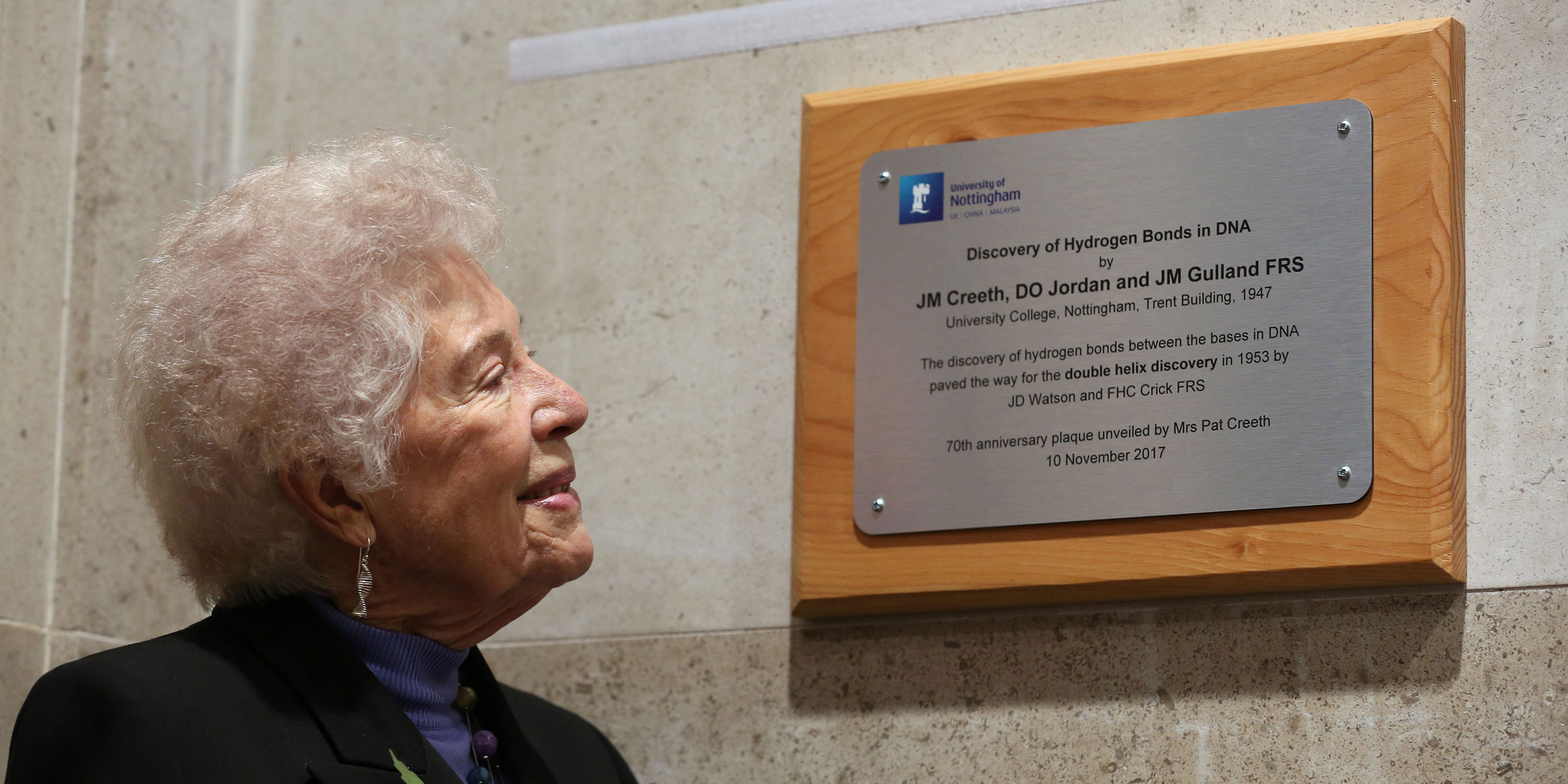
November 13, 2017, by Lindsay Brooke
70 Years on the University marks its role in the DNA discovery story
The discovery of hydrogen bonds in DNA was made by a young Nottingham Post Graduate student, J. Michael Creeth, in what was known as the Nucleic Acid Laboratory at (the then) University College Nottingham. The results were published in the Journal of the Chemical Society on 1947. The discovery paved the way for the double helix model by Watson and Crick six years later.
Last Friday, 10 November 2017, the University of Nottingham marked the 70th anniversary of the publication of this research with a one day celebratory meeting attended by 16 members of the Creeth family. The meeting concluded with a plaque unveiling by Mrs Patricia Creeth, Dr Creeth’s wife, at the entrance to the Trent Building, the site of the former Nucleic Acid Laboratory.
It was staged with the support of the Biochemical Society, Royal Society of Chemistry and the British Biophysical Society.
Leading academics to help mark the anniversary
The one day meeting was organised by Stephen Harding, Professor of Applied Biochemistry in the School of Biosciences at the University of Nottingham. He was Dr Creeth’s last Post-Doctoral Research Assistant at the University of Bristol. Professor Harding, who co-authored Creeth’s obituary for the Independent newspaper and the Biochemical Society, and led the commemoration with a brief history of the discovery in 1947 – which was made under the supervision of Dr D.O Jordan and Professor J.M Gulland FRS.
He said: “The discovery of the bonds which hold the DNA molecule together by Creeth and colleagues was crucial to the eventual elucidation of the Double Helix structure. Seventy years on we celebrate this discovery by rekindling those pioneering measurements and then we take a snapshot at some the many great advances that have occurred since those exciting early days in our understanding of DNA and hydrogen bonds helped by leading experts in the field who will reveal their latest research findings.”
Leading academics brought the audience up-to-date with the latest research and findings around both Hydrogen Bonds and DNA.
Creeth’s Nottingham DNA
Dr JM (Michael) Creeth, graduated in chemistry from University College Nottingham (now the University of Nottingham) in 1944. Dr Creeth played a key part in the race to identify the structure of the ‘code of life’ in his Nottingham lab — a little-known chapter in the story that ended with the discovery of the double helix structure of DNA, which earned James Watson and Francis Crick their Nobel Prize.
Following his degree, Dr Creeth embarked on his PhD in what was then the University’s Department of Chemistry, supervised by Dr. DO Jordan and Professor JM Gulland FRS. Using an excellent sample of DNA obtained by fellow student Cedric Threlfall, and building on titrometric measurements of another fellow student H.F.W. Taylor, Dr Creeth eventually came to the important conclusion based on further definitive measurements on the physical properties oif DNA solutions that the bases of DNA were linked by hydrogen bonds. He even went as far as producing an early model for DNA – which appeared in his PhD thesis also in 1947, not too dissimilar to the final 1953 structure of Watson and Crick.
Here are some pictures from Friday’s event.
- Creeth 70th anniversary meeting
- Creeth 70th anniversary meeting
- Professor Mark Jobling, University of Leicester
- Professor Stephen Harding, University of Nottingham
- Dr Adam Sweetman, University of Nottingham
- Professor Stephen Harding, University of Nottingham
- Creeth 70th anniversary meeting
- Creeth 70th anniversary meeting
- Professor Graham Seymour, University of Nottingham
- Pat Creeth
- Plaque unveiling
- The Creeth family and Nottingham academics
- Pat Creeth surrounded by her family
- Pat Creeth with two of her grandchildren
No comments yet, fill out a comment to be the first


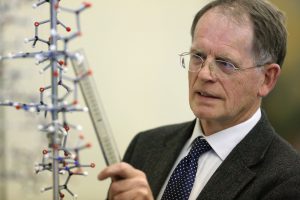
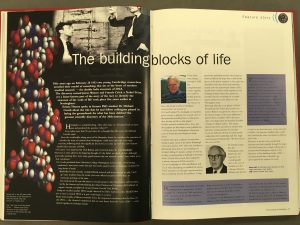

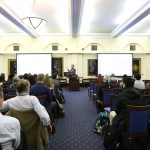
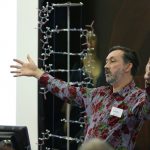

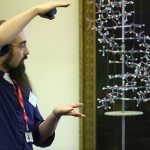
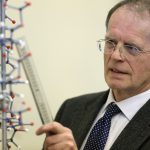
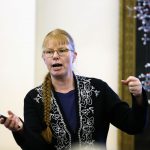

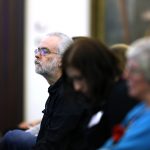
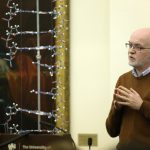
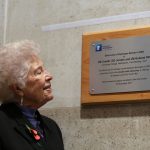
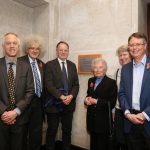

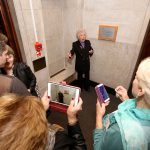

Leave a Reply